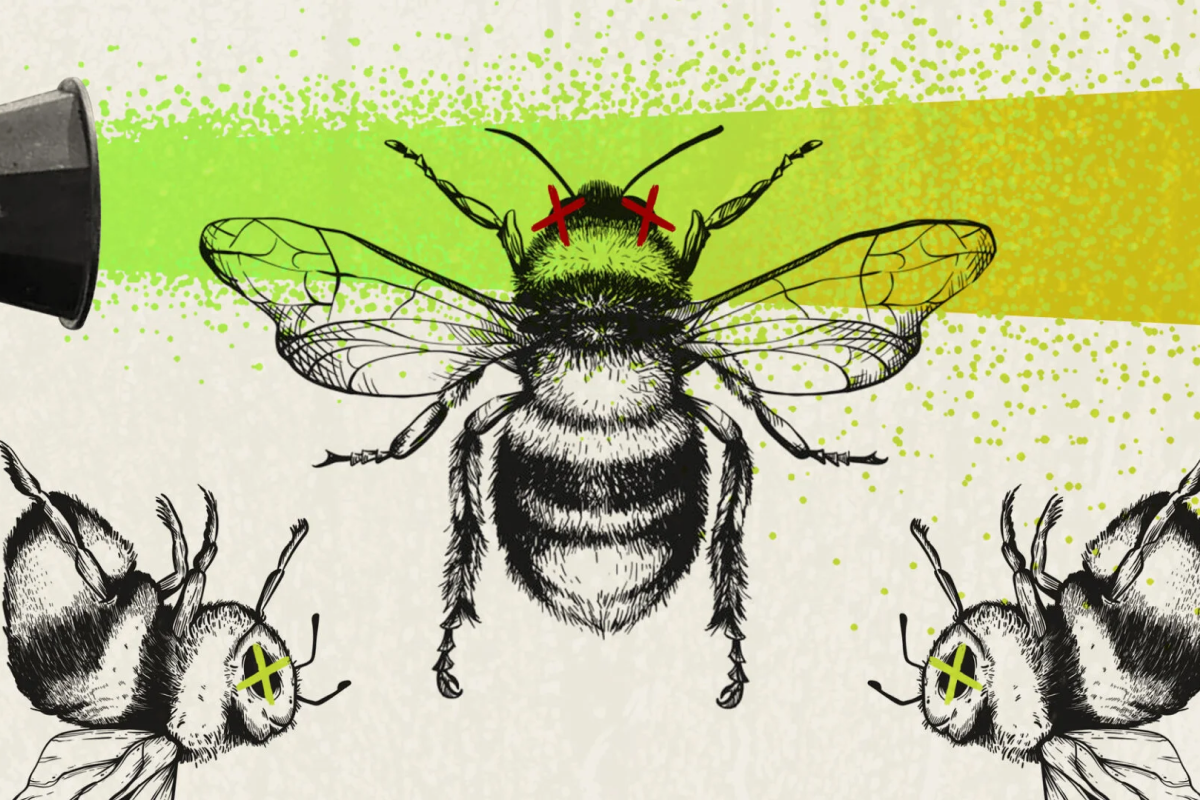Key points:
- New research shows a strong correlation between pesticide use and declining sightings of wild bees, with pesticide use causing appearances of some species to drop as much as 56%.
- The loss of wild bees could disrupt ecosystems, affecting plant survival and the wildlife dependent on those plants, while also posing a significant risk to agricultural productivity.
- Researchers advocate for integrated pest management strategies and more long-term studies to better understand and mitigate the impact of pesticides on wild bees and other pollinators.
Whether you’re strolling through a garden, wandering a park, or simply enjoying an open space in the United States, you’re likely to notice bees buzzing about the flowers. While honeybees, imported from Europe in the 17th century to produce honey, are the most recognizable, they aren’t the only bees at work. If you’re a keen observer, you might spot some of the thousands of less familiar, native bee species that call these spaces home.
Native wild bees play a crucial ecological role, ensuring the survival and reproduction of countless plant species — including many agricultural crops — by spreading pollen as they forage for food. Unfortunately, their numbers seem to be declining, and despite experts suggesting multiple causes, the exact reason remains a mystery.
A new study published in Nature Sustainability sheds light on one potential cause: pesticide use. The research reveals a stark decline in the number of wild bee sightings, with appearances of some species dropping as much as 56% in areas of high pesticide use compared to areas with no pesticide use.
The study points to pesticides as a significant factor in wild bee decline and suggests that alternative pest control methods, such as those proposed by the U.S. Environmental Protection Agency, could reduce the damage.
